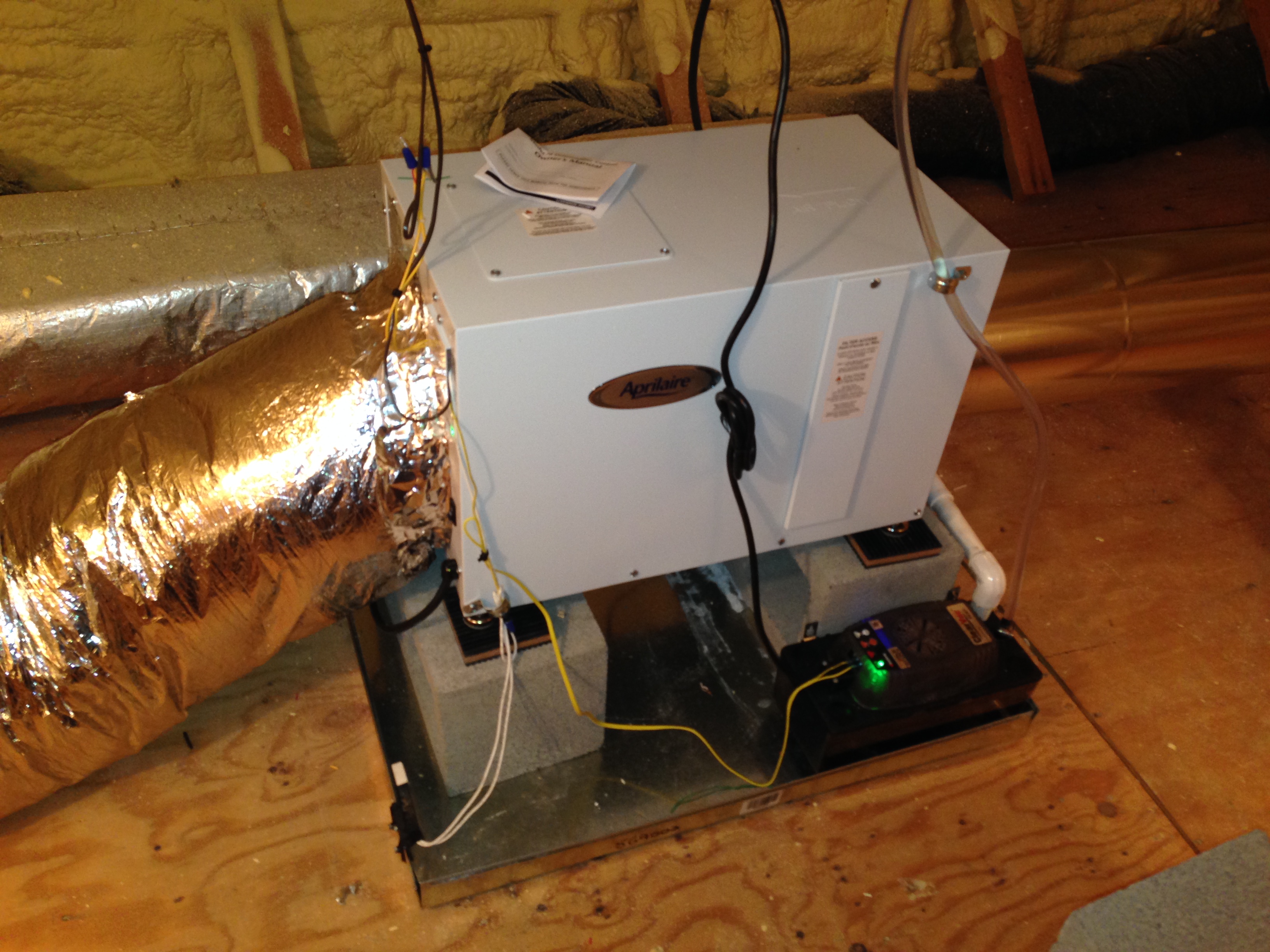
Today we are going to talk about the idea of air exchange in closed attics that use open cell foam.
The problem that can occur in a closed attic assembly is the management of the moisture that rises and accumulates in the attic space. You see, hot, moist air rises, the peak of the attic is the highest point and vapor drive moves from warm to cold. So let’s say that when the exterior temperatures cool down, the moisture moves from the inside to the outside. This means that the interior moisture that has accumulated in the attic is driven into the roof assembly, and in the case of a closed attic with open cell foam, this includes the insulation, rafters and decking.
Some of the moisture passes through the roof assembly, but these materials also collect and store some of the moisture. Then, when the sun comes out the next day and heats up the roof assembly, the accumulated moisture is driven out of the roof and into the attic space, but the occupants continue to create moisture that continues to rise into the attic and this cycle can lead to elevated humidity levels in the attic space.
This has become a relatively recent operational issue. I mean, I did not see this occurring four or five years ago.
So what changed? The design? The foam? The HVAC system? Well Dr. Joe told me.
He explained that the mechanical industry has been focusing on duct sealing for many years and today ducts are being installed with lots of mastic and goopy, leading to lower duct leakage.
So, previously, when we had poor duct workmanship, we had leaky ducts that conditioned the attic space and essentially dehumidified the attic, controlling the relative humidity levels. Now, when you have good duct workmanship in a closed attic, there is less leakage, and the attic is not accidentally conditioned by the duct leakage, so the relative humidity levels rise.
The significance of this is to realize that these attics should be called “Conditioned Attics”, not unvented attics, closed attics or sealed attics. They are all of these, but to control the environmental conditions inside the space, they need to be conditioned; and the solution is to provide either standalone dehumidification or a supply duct into the attic.
If you or any of your customers are experiencing problems like elevated attic humidity, sweating ducts in closed attics or even odors, this could be why.



